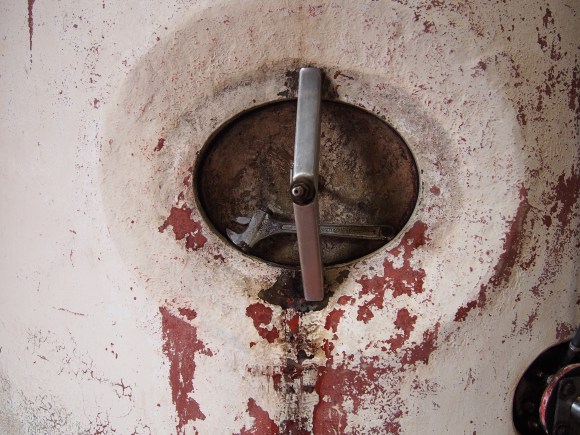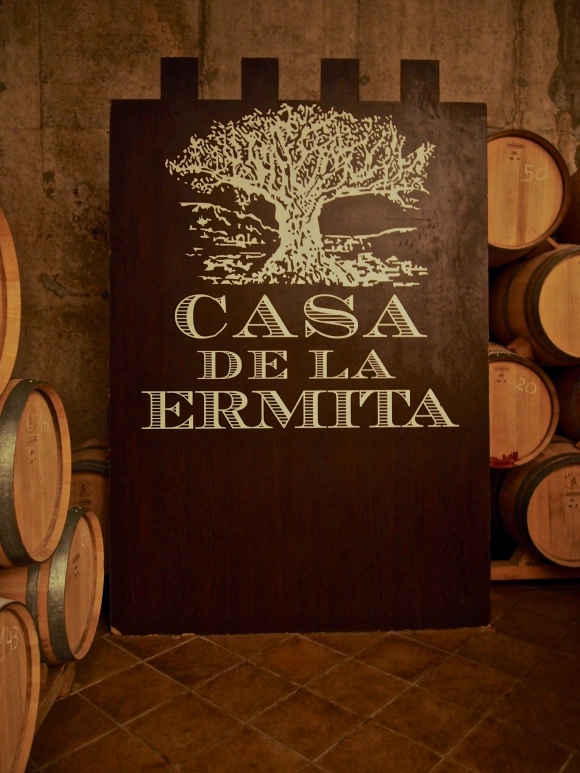
I know my shit
When the Age of Enlightenment got off in the 18th century weird things followed. Reason replaced religion and the church lost its monopoly on ultimate truths. New authorities were needed to fill the void. They were found within science. The idealists of the time hoped that the scientific method would eventually eliminate irrationality in our lives. This has been partly achieved: Helsinki Airport would probably not work if the flight control would rely on faith instead of mathematical patterns. On the other hand, irrationality didn’t go anywhere. The priest was kicked from the limelight but the expert was put on the pedestal previously reserved for the priest. But let’s make a jump to wine shall we? You ready?

Keep your shitty parachute
Think about the traditional wine expert. He or she has read a hundred books on the subject, toured the wine regions thoroughly and is able, if needed, to give an ad hoc lecture on some trivial subject. He or she (from here on only “he”) is almost like a walking encyclopedia, whose main purpose is not so much to generate new knowledge, but to manage already existing knowledge.
Knowledge is his source of power. That’s why he prefers to keep his clearance from the crowd he’s communicating to, enforcing the power distance between the ones who do the talking and the ones who do the listening. Many times he is not really into dialogues because the value of his professionalism is partly measured in his ability to portrait himself as somewhat infallible. That’s why the most respected experts are sometimes referred to as gurus, that are masters of sacred knowledge. Bit like priests.
Yes, it’s been about knowledge. How well experts are capable of expressing themselves by writing or speaking is less important than the sheer amount of knowledge accumulated by meticulous studying and experience. After all, encyclopedias are supposed to be boring.

From this shit…

…To this shit roughly in a century
These experts of Enlightenment had their golden age. In wine it was very late, starting in the 1970’s (when mass markets for wine gained momentum in the USA) and peaking in the 90’s. But it has now ended. You see, something crucial happened. Internet saw day light.
When Internet began to show first dawning signs of maturity, the cloud emerged and Google works as a bridge to it. With no need for knowing all the books by heart, a random person with a portable device can look for even the smallest detail and find it. You still need the big picture but all the details are starting to be available for anyone, anywhere, anytime. Information has become the air we breathe and since we don’t usually think about the undeniable significance of air while we are doing it, its value goes into inflation. That’s why nobody wants to pay for news anymore these days. The uninterrupted stream of information is taken for granted.
As a result the keepers of knowledge are now amidst one of the biggest information revolutions mankind has witnessed (in my opinion proving to be even more important than the crucial invention of printing press). In the core of the change is the concept of knowledge turning ubiquitous. We are all on that roller coaster.

Yes, we know more shit than we used to
Since the changes in culture tend to follow technology with a substantial lag, we seem to be in the middle of two eras, standing on a narrow bridge above a gorge. What does this mean in terms of the future of wine writing?
Before the ongoing information breach started it was both necessary and sufficient requisition for someone claiming to be a wine expert to know world of wine thoroughly. These days general expertise is still necessary, but not alone sufficient. This is essential.
One answer to the task thrown by the structures in transition is to become a specialist, basically an old school expert owning a territory only a fraction of what the kings and the queens of the field used to rule with sovereignty. Expert on the wines of the Greek archipelago. Expert on emerging regions of Portugal. Expert on cold climate wines of Southern America. Expert on natural wines.

This information shit is addictive, need another fix
Even if you are one of the respected MW’s but with no specific area of expertise, when it comes to wine communication, you might soon find yourself playing in the loosing team. Why? Because even if you spent a hundred years learning the details of different wine areas, a passionate wine pro born to a certain viticulture village will most probably know more about the local wines than you’ll ever do. Most importantly, the quality of information he can tap into will be more dense, relevant and valuable to most followers than something learned mostly from books with a certain general view on the topic. And if you’re missing the mark, he will let you and the world know about it instantly. It’s a competition and a single person can’t beat someone born to it empowered by efficient communication, not to even mention a community tapping on crowd intelligence. You just can’t win that match.
If you want to continue to be a generalist wine communicator in the future, you should have a dimension in your work that cannot be reduced back to mere knowledge. Such as excellent skills in writing or speaking, a charming appearance, the ability to entertain, a vision clearer than most or the ability to combine different spheres of intelligence into one. Something that sets you apart from the others that have similar access to the data in the cloud. To put it simply, if you needed to be good before, you now have to be brilliant.

Technology’s making many things easier. That’s why we invest in it. It’s not exaggeration to expect that in fifteen years technology will assist pretty much anyone with a high school diploma to produce flawless text in a similar way the GPS is helping us find our way today (if your inner compass is as broken as mine). In fact I’m already utilizing this kind of technology by resorting to several online dictionaries while writing this. MS Word helpfully corrects some of my misspellings automatically and WordPress hopefully the rest.
The age of general expert with no exceptional talent is coming to an end. Enter the long tail. Enter the rise of the rest.
But even the specialist has to adjust himself to the new world even within his field. Mere broadcasting is no longer considered enough by audiences. People want insight, well formulated arguments and informative opinions. Describing has to be enhanced with active and ongoing interpretation. That’s why traditional illusory objectivity as a paradigm is in the decline and making room for sophisticated subjectivity. No longer can an expert justify hiding behind technocratic objectivity in matters of great importance. You need to have an opinion about things that fall on the field of your expertise and you can’t withhold it like a keeper. You need to spit it out and take a stance. Sounds self explanatory but has been far from it the past decades.

This shit you expected didn’t you?
What I’ve described above happened to the uomo universales, the polymath geniuses of Medieval times, preceding the Age of Enlightenment in their scientific ethos, but failing to make the leap to the new era of incremental complexity. They flourished in a world that was not too fragmented and complex for a single person to absorb and master whole areas of expertise. Their disappearance took a hundred years to happen. I promise you this one will take significantly less. The question is: are you willing to jump? Take a look at the picture of the jumping man in the beginning of this post. If I’m not mistaken, you now understand it in a completely new way.




















 Disclaimer: the trip was done in collaboration with the Spanish embassy in Helsinki and the DO
Disclaimer: the trip was done in collaboration with the Spanish embassy in Helsinki and the DO








